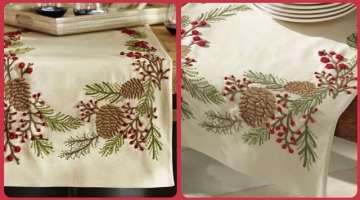Build a Bee Hotel to Help Homeless Wild Bees
Native bees are running out of habitat, Help them survive urbanization by building a “bee hotel” in your backyard. When most of us think about “saving the bees,” we picture the yellow and black striped honeybee, but these are not actually the bees in need of saving. The non-honey producing, native American bees are the ones in the most dire need of habitat.
- 1 | 6

The domesticated European honey bee is raised – and housed – by farmers all over the world, mainly because it produces honey. Wild, indigenous bees are far superior pollinators (native mason bees can pollinate 100 times as many blossoms as a honeybee), but unfortunately they are the ones running out of places to live.
- 2 | 6

As cities and farms grow, the forest-and-prairie habitat of wild bees shrinks. And, unlike honey bees, no one is building houses (hives) for them to live in… except for a few enlightened individuals who are beginning to recognize their importance to our food security. Below are some photos of the beautiful hotels/houses people are building around the world for wild, homeless bees:
- 3 | 6

This house sits in the kitchen garden of Louis XIV's palace in Versailles. Image via Landscape Lover.
- 4 | 6

This bug hotel is made to look like a miniature city-scape for pollinators trying to survive urbanization. Image via Folksy.
- 5 | 6

K-abeilles Hotel for Bees in Muttersholtz, France, Credit: Architizer.com.The Honey Bee Conservancy provides detailed instructions on how to build your own "5-star bee hotel." By doing so, you'll not only be helping rebuild global bee populations, but also attracting some of the best pollinators in the world to your garden. The organization notes smaller, simpler bee hotels are often more practical for both the bees and the people managing them. Credit: Greener Places
- 6 | 6

They can be made from simple, repurposed materials. The two key ingredients are long skinny tubes (about 6-inches long and 5 to 10 mm wide) and mud (somewhere on your property). Native bees are solitary creatures, who live alone, rather than in hives. The females lay their eggs in the tubes, leave a care package of pollen and fill the ends with mud to protect their offspring until they're old enough to emerge. In addition to tubes, logs with the same sized holes drilled in them will do. If you don't want to build your own, you can buy one ready made.
Related Galleries

Little Child Dressed Up As Red Riding Hood And Her “Big Bad Wolf” Husky Are So Adorable They ...
461

















